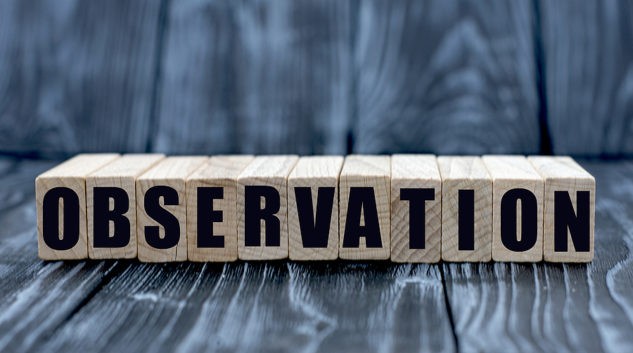
Innovation is often portrayed as a flash of genius—a sudden, brilliant idea that disrupts the status quo and reshapes industries. But in reality, most innovation doesn’t begin with invention. It begins with observation. The most transformative ideas often come not from dreaming up something entirely new, but from noticing what’s already there and seeing it differently. Observation is the quiet engine behind innovation, the subtle skill that allows entrepreneurs, designers, and leaders to uncover unmet needs, inefficiencies, and opportunities hiding in plain sight.
When we talk about observation in the context of innovation, we’re not referring to passive watching. It’s an active, intentional process of paying attention to the world with curiosity and empathy. It means looking beyond the obvious, questioning assumptions, and tuning into the behaviors, frustrations, and desires of real people. Rob Walker, author of *The Art of Noticing*, emphasizes that discovery is everywhere, and that noticing what others miss is a key step to original innovation. This kind of attentiveness is what separates the merely clever from the truly insightful.
Take the example of the Post-it Note. It wasn’t born from a grand vision to revolutionize office supplies. It emerged because someone observed that a weak adhesive—initially considered a failure—could actually be useful. That simple shift in perspective turned a discarded idea into a ubiquitous product. Similarly, Airbnb didn’t invent the concept of renting out space. It observed that people attending conferences were struggling to find affordable accommodations and that others had spare rooms. The innovation was in connecting those dots and creating a platform that made the exchange seamless.
Observation also plays a critical role in incremental innovation, which is often more sustainable and impactful than radical disruption. Many successful companies thrive not by reinventing the wheel, but by refining it. They watch how customers use their products, where they stumble, what they modify, and what they ignore. These insights guide improvements that feel intuitive and valuable. As Dave Wendland noted in Forbes, simple solutions are often right in front of our noses, and observation is frequently the first step in creativity and innovation.
In the design world, this principle is foundational. Human-centered design begins with empathy—understanding the lived experiences of users. Designers immerse themselves in the environments and routines of the people they’re designing for. They observe not just what users say, but what they do. These observations reveal pain points and desires that might never surface in a survey or focus group. The resulting innovations feel natural because they’re grounded in reality.
Observation also fosters humility, which is essential for innovation. It reminds us that we don’t have all the answers and that the world is more complex than our assumptions. When entrepreneurs and leaders embrace observation, they become learners rather than knowers. They listen more, ask better questions, and remain open to being surprised. This mindset creates space for unexpected insights and serendipitous discoveries.
In fast-moving industries, the ability to observe becomes even more valuable. Trends shift, technologies evolve, and consumer expectations change rapidly. Businesses that rely solely on internal vision risk becoming disconnected from the market. Those that prioritize observation stay attuned to emerging patterns and subtle shifts. They notice what’s gaining traction, what’s fading, and what’s missing. This awareness allows them to adapt quickly and stay relevant.
Observation also bridges the gap between strategy and execution. A strategy may look brilliant on paper, but its success depends on how it plays out in the real world. Observing how teams implement plans, how customers respond, and how systems behave provides feedback that can refine and improve the approach. It turns strategy from a static document into a dynamic process.
Even in leadership, observation is a powerful tool. Great leaders don’t just issue directives—they watch how their teams respond, where energy flows, and where resistance builds. They notice who’s thriving and who’s struggling, often before it’s verbalized. This attentiveness allows them to lead with empathy and precision, creating environments where innovation can flourish.
The beauty of observation is that it’s accessible. It doesn’t require a massive budget or a specialized degree. It requires presence, curiosity, and a willingness to slow down and look closely. In a culture that often celebrates speed and decisiveness, observation invites us to pause and reflect. It’s in that pause that insight emerges.
Ultimately, most innovation is just observation because the world is already full of clues. People are constantly adapting, improvising, and expressing needs—often without realizing it. The role of the innovator is to notice these signals, interpret them, and respond with solutions that feel both surprising and inevitable. When we build the habit of observation into our work, we unlock a steady stream of inspiration. We stop chasing novelty for its own sake and start creating value that resonates. And in doing so, we realize that innovation isn’t about being the smartest person in the room—it’s about being the most attentive.
Sources: